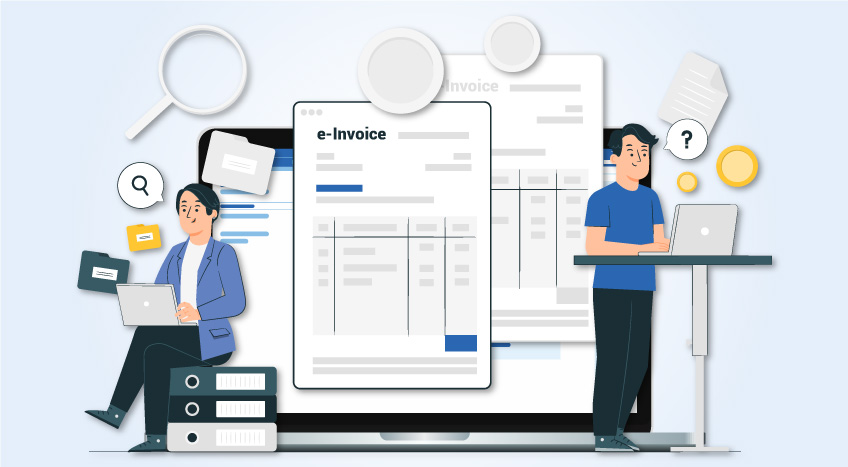The UAE is the largest exporting State among all the GCC States. The major products exported from UAE are electronics, precious metals and stones. It is the 29th largest export economy in the world and the 20th largest importer in the world. The top imports of UAE are gold, diamonds, jewellery and cars. Hence, exports and imports are integral to traders in UAE. In this article, let us briefly understand exports and imports and how they are treated under VAT in UAE.
Exports
When goods or services are supplied from UAE to a person located outside UAE, the supply is called an export. The location of the recipient can be the person's place of establishment or fixed establishment.
Are exports taxable?
Exports are considered as taxable supplies. However, they are zero rated, i.e. tax at 0% is applicable on exports. Additionally, the treatment of exports is based on certain scenarios. These scenarios can be divided as follows:
- Export of goods outside a GCC VAT implementing state
- Export of goods to unregistered recipients in a GCC VAT implementing state
- Export of goods to registered recipients in a GCC VAT implementing state
- Export of goods which require installation or assembly outside the state
Can input tax be recovered on exports?
As exports are taxable supplies, input tax can be recovered on supplies used to make exports. If the exporter makes domestic supplies also, the input tax recovered can be used to reduce their tax liability. If the exporter is dealing solely in exports, the exporter can get refund of the tax paid on inputs.
Are records of exports required to be maintained?
Yes, records of exports made are required to be maintained for minimum 5 years from the end of the year to which the invoices pertain.
For example: An Export Invoice issued on 5th January, '18 should be retained till 31st December '23.
Imports
When goods or services are received from outside UAE into UAE, the supply is called an import.
Are imports taxable?
Imports are taxable under VAT. When a person registered under VAT in UAE imports goods or services, the importer has to pay VAT on imports on reverse charge basis. This is in addition to customs duty levied on imports. The scenarios of import can be divided as follows:
- Import by a person registered under VAT
- Import by a person not registered under VAT
- Goods trans-shipped via UAE to other GCC countries
- Goods imported to UAE and exported to other countries
What is reverse charge?
When a supply is made, usually, the supplier of goods or services is liable to collect and pay tax to the Federal Tax Authority (FTA). This is called forward charge. Under reverse charge, the recipient of the supply is liable to pay the tax on the supply to the Federal Tax Authority. In the case of imports, as the supplier is outside UAE and is hence, not registered in UAE, the liability to pay tax on the import is on the importer registered under VAT in UAE.
What is the VAT rate applicable on imports?
On imports, VAT rate of 5% will be applicable. The only exception is import of precious metals, on which VAT rate of 0% is applicable. The rate of VAT applicable on imports is kept same as the VAT rate applicable on domestic supplies, in order to ensure that imports are taxed equally as domestic supplies.
Can input tax be recovered on imports?
Yes, the tax paid by the recipient of the supply on imports is eligible for input tax recovery.
Are records of imports required to be maintained?
Yes, records of imports are required to be maintained for a minimum of 5 years from the end of the year to which the invoices pertain.
Hence, exports and imports are integral activities for traders in UAE. Knowledge of compliance under VAT is essential for these businesses to accurately meet the compliance requirements as well as utilise the benefits of VAT.
Read more about Federal Tax Authority (FTA)
- e-guarantee Cancellation in FTA portal
- Steps to Submit e-guarantee in FTA portal
- Administrative Penalties under Tax Procedures Law by FTA in UAE
- Change in business details to be notified to FTA
- FTA Accredited Tax – Accounting Software Requirements
UAE VAT
- VAT in UAE
- Supply under UAE VAT
- Supply of Goods and Services in UAE VAT
- VAT Return Filing Period in UAE
- No VAT on Import of these Goods
Reverse Charge









